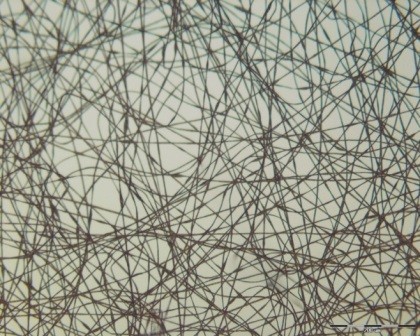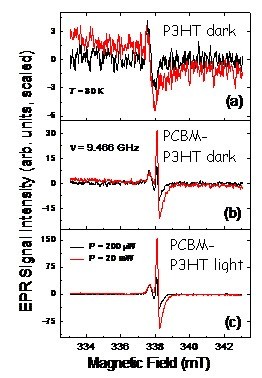Photoactive Fibers
Solar cells are currently considered as one of the best sources of renewable, environmental friendly energy sources. The technology of converting sunlight to electricity has been based on traditional cells made of crystalline-semiconductors. Yet, over the last decade the demand for inexpensive devices has initiated a driving force for the development of low cost polymer-based organic solar cells. The major advantages of polymer-based solar cells (PSC) is their light-weight, mechanical flexibility, and processability: PSC may be solvent-processed via common low-cost, high throughput coating and printing techniques enabling on the preparation of large-area films and disposable low-cost devices. Areas of applications for PSC may be found in consumer electronics, mainly in the sub field of low-cost disposable electronics (for example, electronic price tags, clothing and accessories), military applications and industrial use. An important category of plastic solar cells are bulk heterojunction (BHJ) cells where donor-type conjugated polymers (hole conducting) and acceptor-type (electron conducting) fullerenes are mixed to form the active layer. Constant efforts to improve the efficiency and processability of PSC have motivated the utilization of carbon-nanotubes (CNT) either as electron acceptors or as networks for improved charge transport in fullerene-polymer devices. To take advantage of the exceptional properties of CNT nano-scale engineering of the cell photoactive layer is required. In our studies we aim to design and prepare hybrid materials that combine conjugated polymers and carbon nanostructures: fullerene derivatives and CNT, for photovoltaic applications. We investigate the different interactions between the CNT and the conjugated polymers and aim to engineer the interfacial behavior at different levels.
For a review of functional hybrids based on conjugated polymers and CNT for PV applications see: Conjgated polymers - carbon nanotubes-based functional materials for organic photovoltaics: a critical review” PAT 2012, 23, 1129-1140.
For papers describing the design and preparation of P3AT-CNT -fullerene fibers see:
2. Electrospun fibers of functional nanocomposites composed of single-walled carbon nanotubes, fullerene derivatives, and poly(3-hexylthiophene)" J. Polym. Sci 2011 49, 1263–1268.
Fibers of functional materials can also serve in 3D printing of active photovoltaic devices. We are currently involved in a consortium aimed at innovative industry-oriented technological research of materials and technologies for 3D printing (the Office of the Chief Scientist of the Ministry of Industry, Trade & Labor) "PRINTEL". Among the industrial partners are Stratasys and Orbotech.


For thermoelectric properties of the composites see: Thermoelectric Composites of Poly(3-hexylthiophene) and Carbon Nanotubes with Large Power Factor" Energy Environ. Sci., 2013, 6 (3), 918 – 925.


